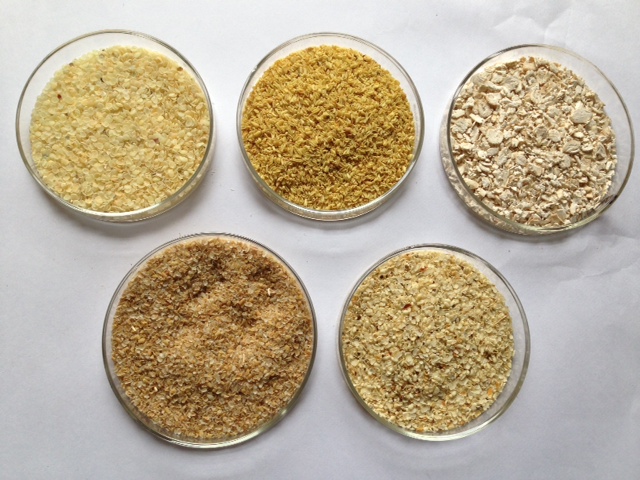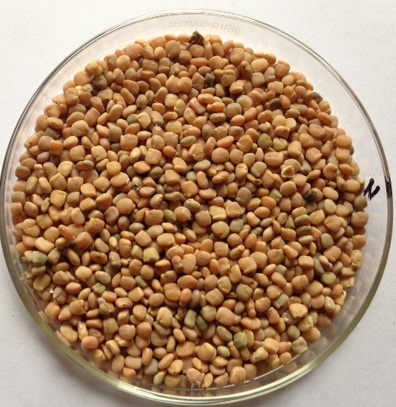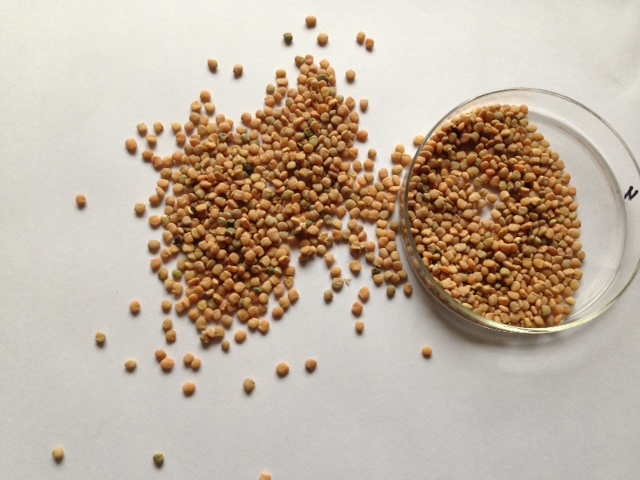Insight Into The Nature and Properties of Galactomannans
Galactomannans
Galactomannans are long chained carbohydrate molecules also called polysaccharides .These consist of heterogeneous or non uniform structures occurring in a repeated pattern .The variation in the structure of these polysaccharides result from slight variations in this structure. Galactomannans consist of a mannose framework with a galactose group attached to it. These mannose rings form chains consisting of mannopyranosyl residues and galactopyranosyl residues chains located at varying distances on the carbon chain and these distances differ depending on the source of the galactomannans.
Occurrence of Galactomannans and Their Physical Properties
Galactomannans occur from two key natural sources and these are plant sources and microbial sources. Plants are the main sources of galactomannans and they mainly occur in the family leguminosae which is the bean family. There are over 70 species in this family known to have galactomannans. They occur within the endosperm of the seed where they act as reserve of glucose to be used by the seed during germination. Some of the plants in the bean family which have extractable amounts of galactomannans include  the guar bean, cassia gum, the tamarind gum, sesbania gum and Cassia Tora. Depending on the structure of the individual galactomannans they exhibit different characteristics hence affecting their physical properties. It has been proven scientifically that the addition of cross linkages through hydrogen bonding leads to less solubility of the compound in water while substituting some of the Cis – OH groups in the chemical structure will lead to increased solubility of the compound. Polymannan (a class of galactomannans) is insoluble in water while galactomannans -1(5) is partially soluble leading to low viscosity. In addition, boiling the solution produces a thick solution with high viscosity. Some galactomannans are completely insoluble in cold water but show better solubility in hot water. This property of solubility of these compounds is the single, most important element of these compounds in their industrial application as thickeners and gelling agents.
the guar bean, cassia gum, the tamarind gum, sesbania gum and Cassia Tora. Depending on the structure of the individual galactomannans they exhibit different characteristics hence affecting their physical properties. It has been proven scientifically that the addition of cross linkages through hydrogen bonding leads to less solubility of the compound in water while substituting some of the Cis – OH groups in the chemical structure will lead to increased solubility of the compound. Polymannan (a class of galactomannans) is insoluble in water while galactomannans -1(5) is partially soluble leading to low viscosity. In addition, boiling the solution produces a thick solution with high viscosity. Some galactomannans are completely insoluble in cold water but show better solubility in hot water. This property of solubility of these compounds is the single, most important element of these compounds in their industrial application as thickeners and gelling agents.
Important Applications of Galactomannans
The most important applications of galactomannans are derived from their great viscosity derived from water uptake into the chemical structure and the development of the hydrogen bonds leading to gel formation. They are used as thickeners or viscosifiers, stiffeners and even stabilizers in some emulsions.
In the pharmaceutical industry they are used as crude flour which serves as the base to hold the chemical ingredients of drugs. Also in the manufacture of capsule medicines or pills which hold the drug powder inside and once swallowed the cover which is made of galactomannans dissolves ,releasing the medicine into the body. Also in hard to swallow drugs and children who are unable to swallow, drugs are coated with these compounds which have a relatively better taste and does not leave residue in the mouth. Cassia gum and locust bean gum are important in the textile firms as thickeners in dyes for printing fabrics and even carpets. Galactomannans also form gels with substances like boron or other transition metals. The resulting compound is useful in blocking or tightening oil wells. More uses of galactomannans keep emerging and this shows the importance of these compounds in our daily lives. For more information please visit: https://www.altrafine.com/
This Article has been written & posted by Ajit Patel.



